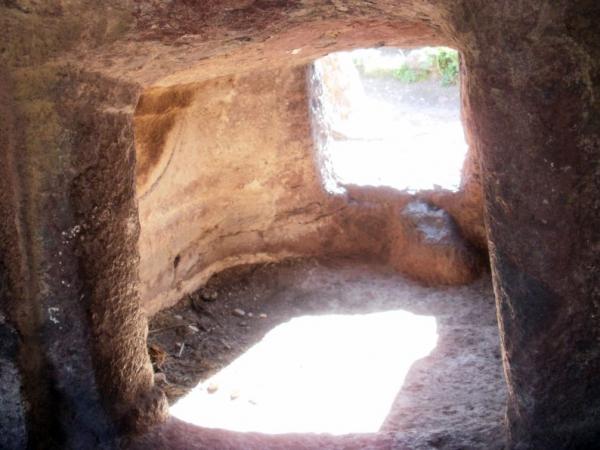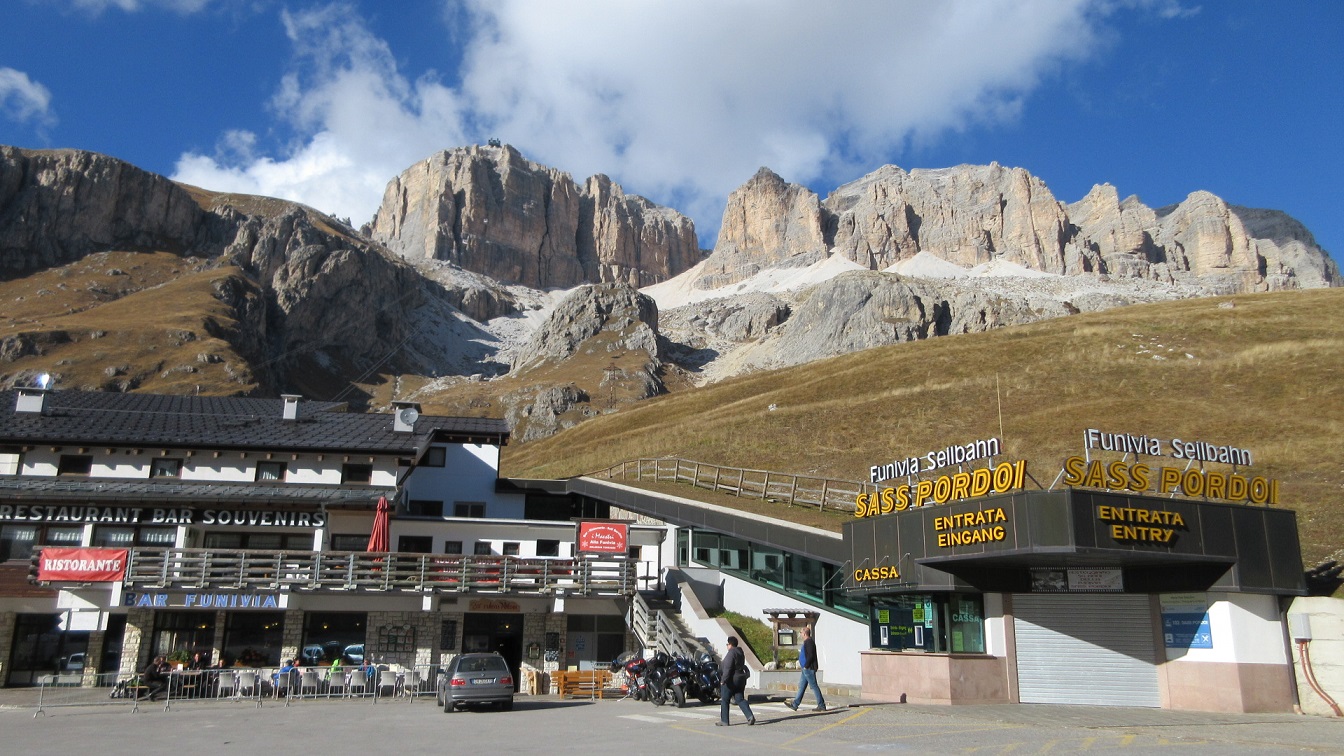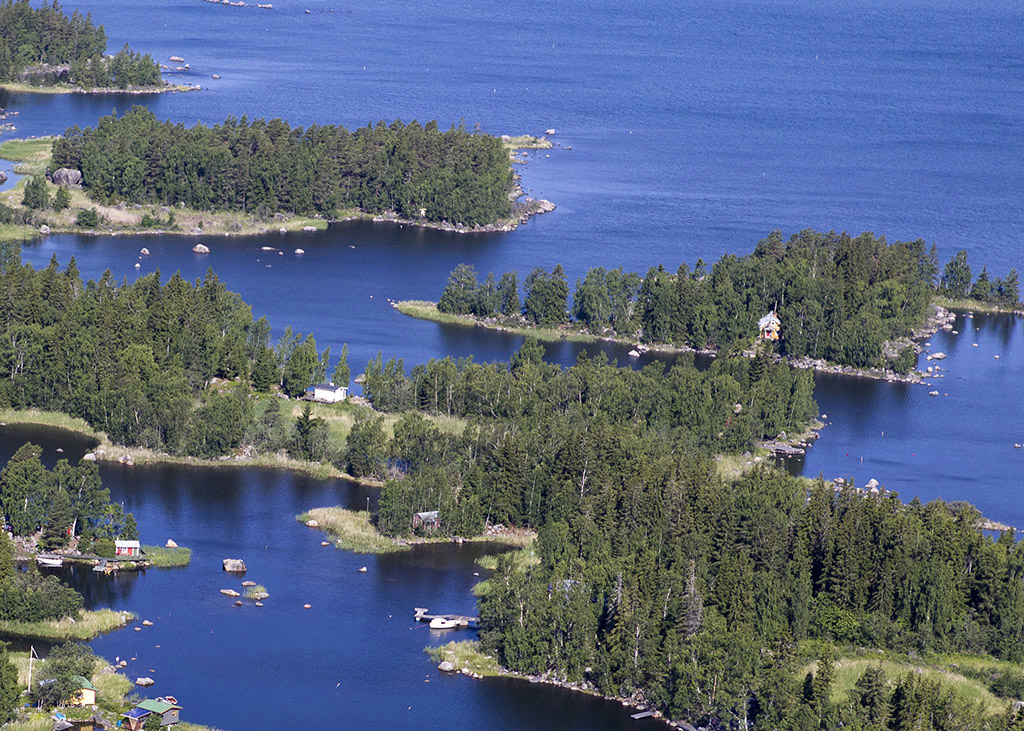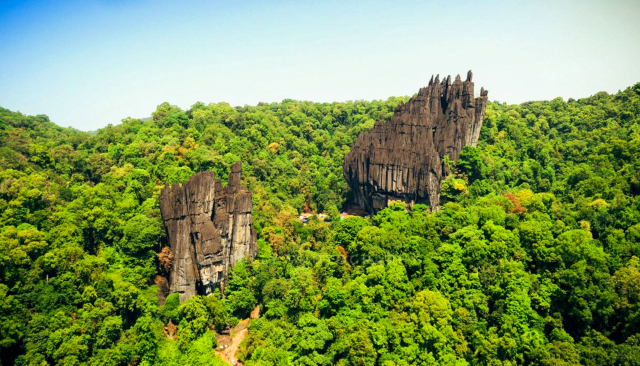The Elephant Rock is also known as Sa Pedra Pertunta, the pierced rock, with obvious reference to its peculiar shapes. Inside it, two domus de janas from the Neolithic period were excavated at later times and on different elevations.
The tomaba of the upper floor (or tomb II) lacks the entrance that led to the other three communicating cells, while that of the lower floor (or tomb I) consists of four cells, and was, originally, preceded by a short open-air corridor (dromos) of which few traces remain.
The latter is characterized by the presence, inside one of the compartments, of bovine horns carved into the walls. The bovine protomes, or simple horns, which often appear carved into the walls of domus de janas, probably represented a taurine deity, a god worshipped for his strength and linked to the concept of regeneration, which in antiquity was always accompanied by that of death.
In addition to the iconography of the male element (the taurine protome), it is important to note that in the compartment of Tomb I there are signs of prenuragic funerary ideology aimed at reproducing the aarchitectural elements of the house of the living, as if to signify a close link of continuity between earthly existence and the world of the dead. All these elements seem to characterize the cella as a cultic compartment, probably intended for the performance of the funerary rites of relatives, while the deceased were laid to rest in subsequent cells.













